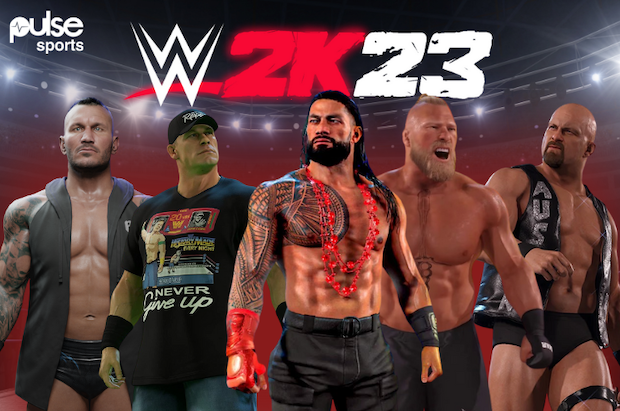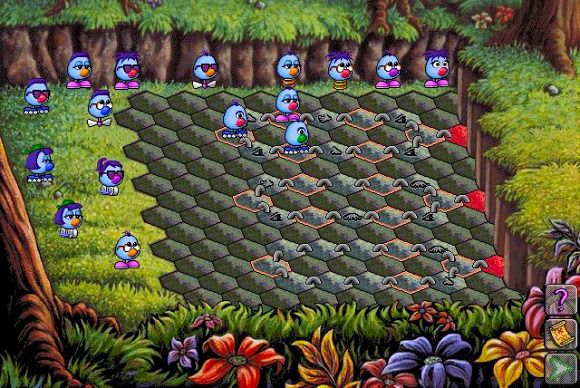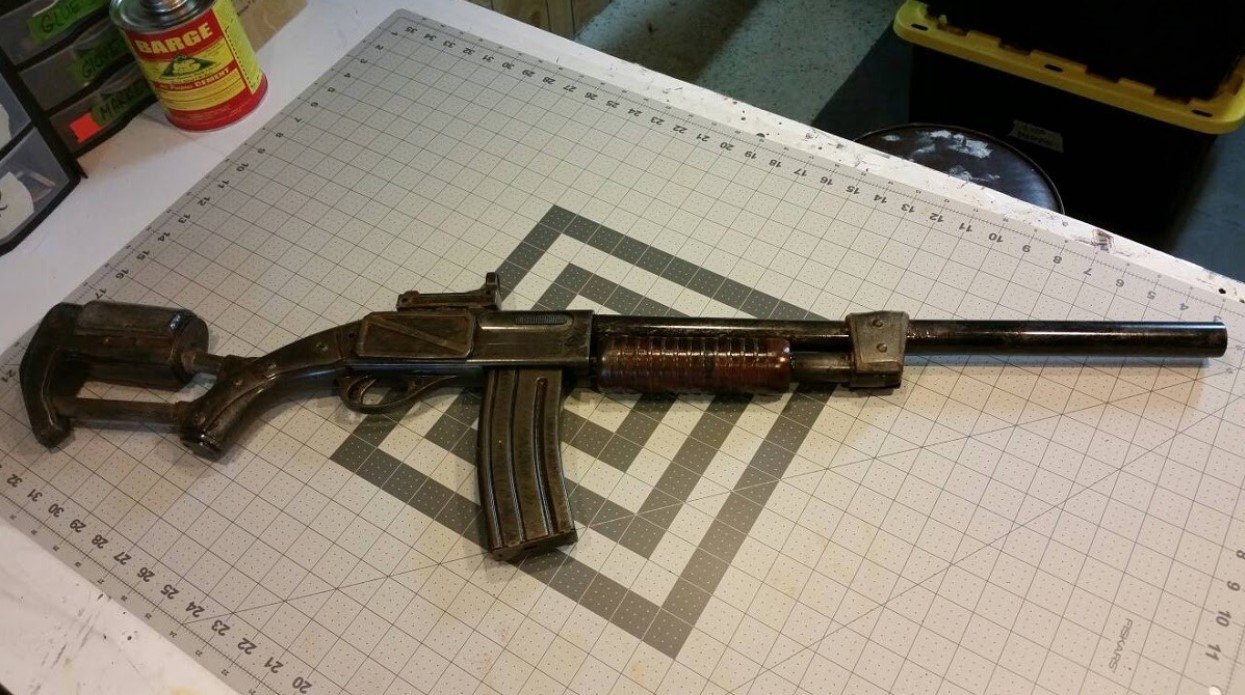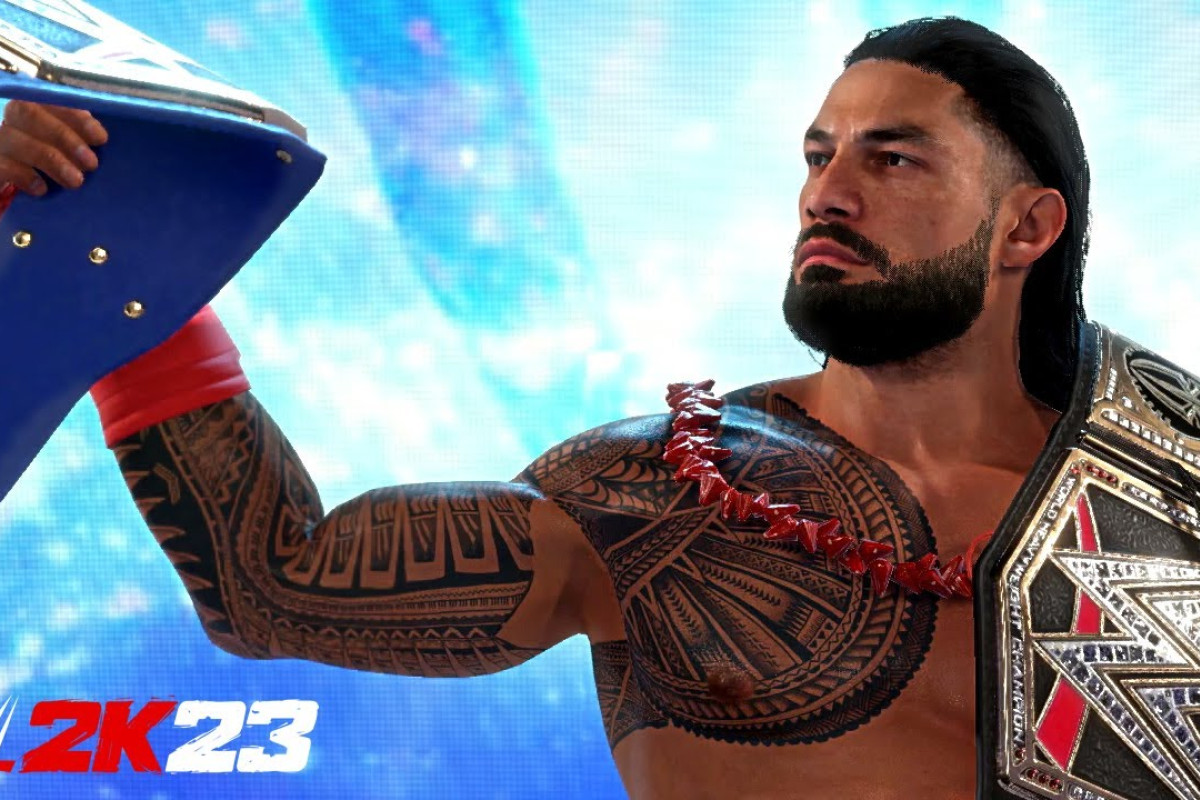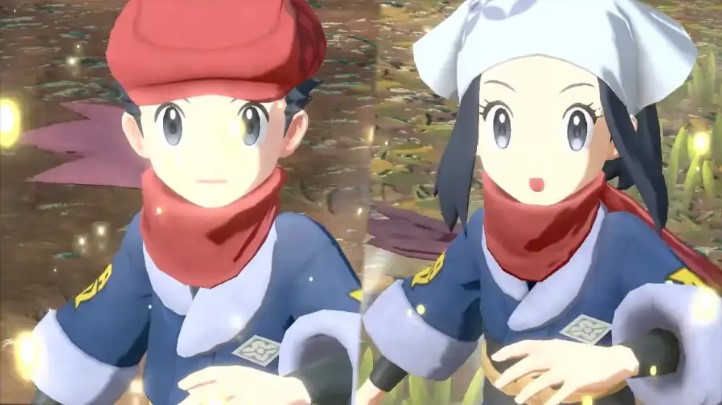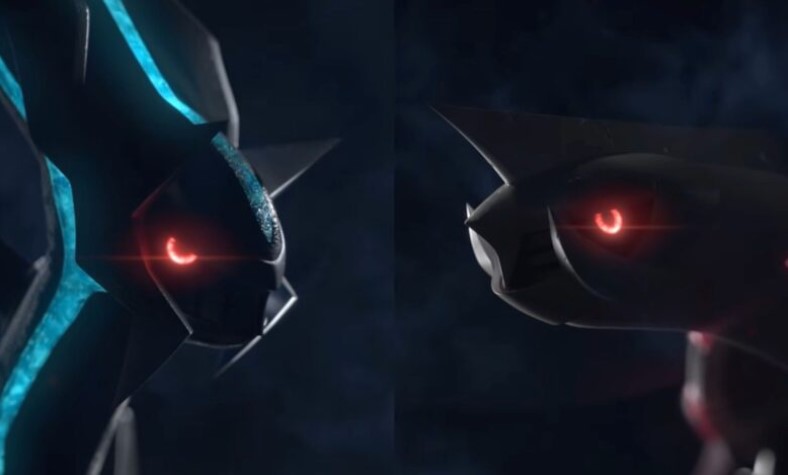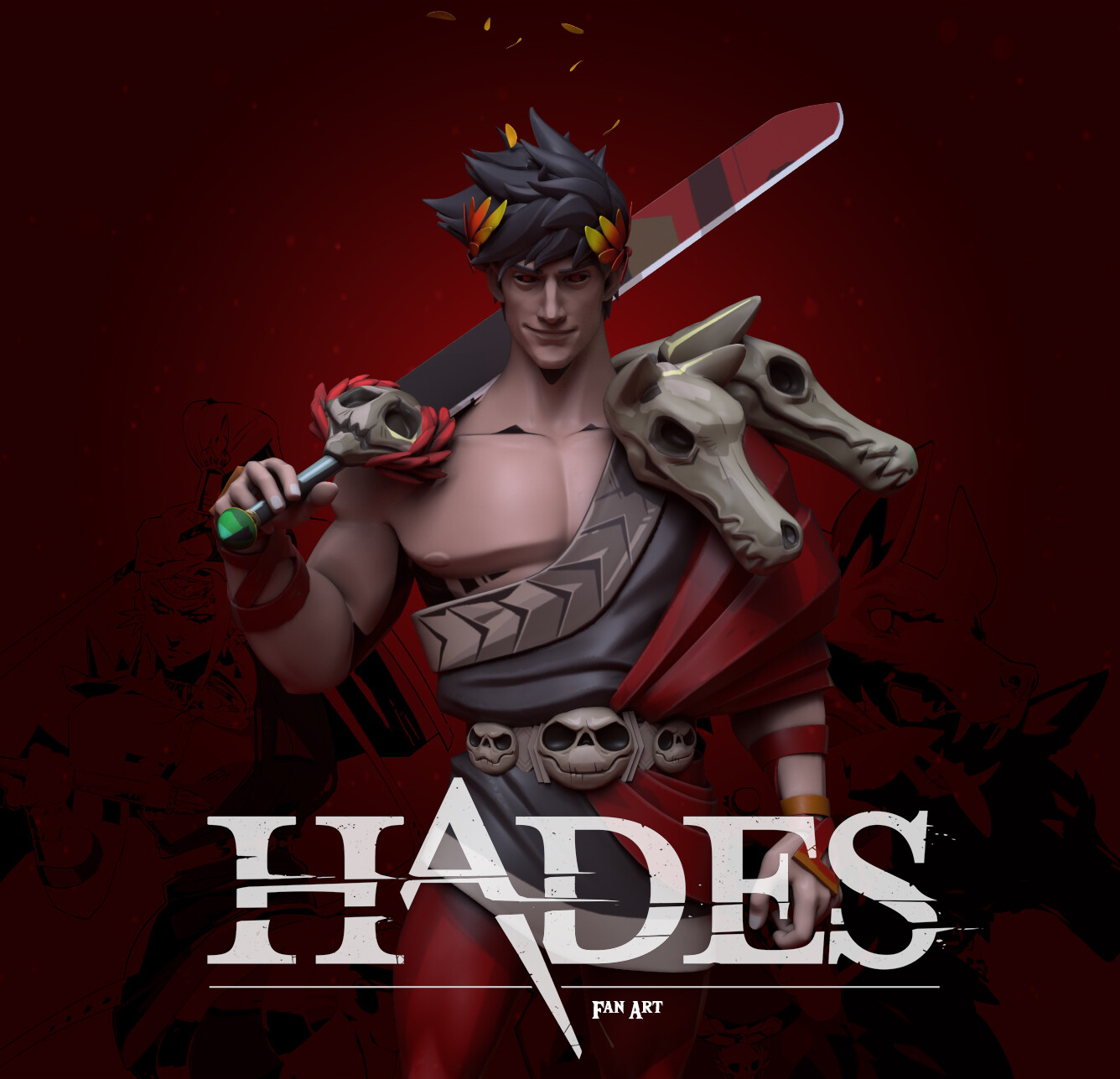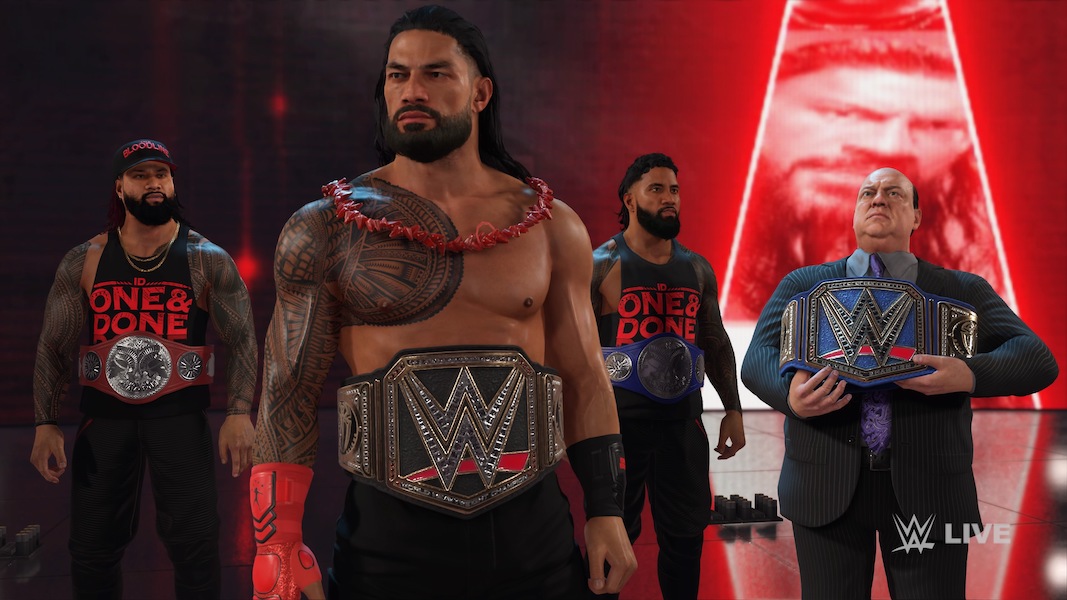
Maneuvers are the key feature of the Battle Master subclass. This subclass belongs to the Fighter class in 5th edition Dungeons and Dragons. A majority of them are extra moves you can select to use in combat (but a few allow you to improve certain ability checks). All of them rely on the expense of what is called a Superiority Die, of which you can have up to 6 depending on your level if you choose this subclass. However, due to the Martial Adept feat, which you can take instead of improving one or two of your ability scores, you do not have to build a Battle Master to gain access to the Maneuvers. You do not get to select as many Maneuvers, but this feat opens the door for even more unique builds.
It is important to choose the right Maneuvers because the wrong one can do more damage than good. You should pick Maneuvers that fit your character build the best, as well as the content of your campaign and the goals of your character. Some Maneuvers do not have a lot of use for any build, and going through a list of over twenty can make you inclined to pick the first ones you see, which can stunt your character build. With that in mind, this list provides an insight into the best Maneuvers and just exactly what builds they are perfect for.
10) Ambush (good)

Ambush provides a buff to either your stealth or your initiative roll (depending on the situation, can only be applied one at a time). Ambush is just good. It is very specific, and can really only be used for stealth missions (whether or not they go awry). It does have a purpose, balancing skills and abilities, which is why it has ended up on this list at all. Due to this, this Maneuver can give you a more well-rounded PC, aiding your use at the table.
Choose Ambush if…
- You want to balance out your heavy Strength build
- Ambush can help counteract disadvantage from the chainmail or heavy armor Strength builds favor and boost your initiative by getting to add an extra dice roll to your initiative roll
- You are playing a stealth-heavy campaign
- DMs that prefer roleplay to combat will often stage stealth missions, and the buff to stealth can help the mission not go awry
- You want to prioritize Dexterity in your build
- If you are a Dexterity based Fighter, Ambush can help you continue to prioritize Dexterity based skills by providing temporary increases to checks if you so choose
Ambush Description: When you make a Dexterity (Stealth) check or an initiative roll, you can expend one superiority die and add the die to the roll, provided you aren't incapacitated.
9) Tactical Assessment (good)

Tactical Assessment provides a buff to an Investigation, History, or Insight check (depending on the situation, can only be applied to one at a time.) Tactical Assessment is another Maneuver that has a very specific use. It is at its most useful in roleplay heavy campaigns and/or political intrigue campaigns as it helps with intelligence and wisdom based skills. Due to its extreme specificity, however, it finds itself close to the bottom of the list.
Choose Tactical Assessment if…
- You are aiming for a balanced build between mental and physical stats
- Roleplay heavy campaigns often require a balanced build from their strictly martial characters, as your character is more mechanically useful if you have at least a few skills outside of combat. Using Tactical Assessment can help you achieve that balance by allowing you to buff certain mental skills temporarily
- Your Intelligence is low
- Even in combat heavy games, low Intelligence can make it hard to progress the plot. Tactical Assessment can give you temporary boosts in times where intelligence is needed to get lore and further the plot
- You took the Sage or Noble background
- Tactical Assessment will give your character the right focus in skills that make their backstories make more sense mechanically within the campaign
Tactical Assessment Description: When you make an Intelligence (Investigation), an Intelligence (History), or a Wisdom (Insight) check, you can expend one superiority die and add the superiority die to the ability check.
8) Distracting Strike (good)

Distracting Strike, the first combat Maneuver on the list, buffs your damage output and gives one ally of your choice an opportunity to get a bigger guarantee for a hit on an enemy. A buff to damage is always useful, but due to the fact that it has a bigger benefit for other party members more than your own character, it finds itself at number eight.
Choose Distracting Strike if…
- You did not build an Eldritch Knight in a magic heavy campaign, keeping in mind both Battle Masters and the Martial Adept feat
- Magic heavy campaigns often come with slashing, piercing, and bludgeoning resistant enemies. Eldritch Knight Fighters have access to magic, but that’s not everyone’s desired build. Taking The Martial Adept feat or playing a Battle Master and selecting this Maneuver allows you to get better damage in, even if it is halved, and gives your caster allies a bigger opportunity to take down whatever beast you’re fighting with their magic
- You built a Battle Master or Fighter with the Martial Adept feat for a Curse of Strahd campaign
- Curse of Strahd is known for its difficulty. It thrusts low level characters (as a level 1-10 module) into very difficult situations, and advantage given to anyone can ensure the survival of the party to fight another day
- You are playing a travel heavy campaign
- Travel heavy campaigns often come with lots of random combat encounters. As much as my reasons for this being so low can sound selfish, teamwork is still very beneficial, especially when you are constantly fighting enemies
Distracting Strike Description: When you hit a creature with a weapon attack, you can expend one superiority die to distract the creature, giving your allies an opening. You add the superiority die to the attack's damage roll. The next attack roll against the target by an attacker other than you has advantage if the attack is made before the start of your next turn.
7) Parry (good)

Parry allows you to reduce the damage you take as a reaction. It gives you the benefits of reducing the need to use Second Wind, and keeping you up in combat longer. However, it does not help you not get hit or end combat faster, which lands it at seven.
Choose Parry if…
- You are playing in a melee heavy campaign
- Some campaign settings have magic as a scarcity and you fight more enemies with less magical attacks. Parry would be a good protective measure in these instances, because it can only reduce damage for melee attacks
- You are building a Dexterity based Fighter
- The damage you take is reduced by the number you get when you roll your Superiority Die plus your Dexterity modifier. To get the best numbers you can, a high Dexterity stat that certain fighter builds require pairs well with Parry
- You are your party’s sole front line man
- If you are the only front line man, you will often take a lot of damage regardless of your armor class. Absorbing the damage protects your squishier party members and makes it more likely that everyone will pull through. Being able to reduce the damage you take makes it more likely that you won’t go down and are able to continue to fight enemies head on.
Parry Description: When another creature damages you with a melee attack, you can use your reaction and expend one superiority die to reduce the damage by the number you roll on your superiority die + your Dexterity modifier.
6) Evasive Footwork (good)

Evasive Footwork is a buff to your armor class as long as you are moving. It ranks at six because this can be very useful if you are the sole frontlineman, but that does not happen very often in my experience. Evasive Footwork helps you avoid opportunity attacks by bumping up your armor class when you move away from enemies.
Choose Evasive Footwork if…
- The combat you get engaged with has lots of enemies
- When there are large amounts of enemies at a time it can be hard to avoid opportunity attacks. The buff to your armor class as you move away can keep you from getting hit at all and make it easier to get to the enemy you have your sights on
- You built a Dexterity based Fighter
- Dexterity based characters often wear lighter armor which means their armor class can be lower, especially at lower levels. This buff is especially good for Dexterity based characters trying to avoid opportunity attacks
- You’re building a Fighter/Monk multiclass
- Fighter/Monk multiclasses would get a bigger benefit out of this, as they generally have larger base speeds and a higher base armor class as a Fighter with worn armor, so this could make you temporarily untouchable to enemies
- You are the party’s sole front line man
- This is the second time this point has come up, which means you should likely take both Parry and Evasive Footwork if this is the case. Sometimes as the sole front line man, you have no choice but to take a step back and let the casters do their thing. You will hopefully avoid opportunity attacks with this buff
Evasive Footwork Description: When you move, you can expend one superiority die, rolling the die and adding the number rolled to your AC until you stop moving.
5) Lunging Attack (excellent)

Lunging Attack temporarily increases the reach of your weapon and buffs the damage of the attack. Coming in at number five, Lunging Attack can allow you to hang back in combat. It pairs best with weapons that already have a reach in my opinion, which makes it somewhat limiting, setting it right in the middle of the list.
Choose Lunging Attack if…
- You choose reach weapons when you build your Fighter
- When a weapon has the reach property you already get an extra five feet which you can use to stand back from your enemy to attack them. By extending your reach to 10 feet with Lunging Attack, you can avoid touch based spells and cantrips from an enemy, or possibly avoid being in the spell radius of an ally’s spell and get a bigger benefit from the Maneuver overall.
- You build a Dexterity based Fighter
- Dexterity based Fighters pair well with reach weapons, as they have the motion range and abilities to take on reach weapons. As established in this first point, the added reach is very good for the safety of your PC as Dexterity based characters often have lower armor classes
- You build a character with unique weapons such as the whip
- Unique weapons often deal lower amounts of damage. This Maneuver boosts the amount of damage you can do temporarily, which would make the weapons you choose based on backstory or interesting design a little more useful
Lunging Attack Description: When you make a melee weapon attack on your turn, you can expend one superiority die to increase your reach for that attack by 5 feet. If you hit, you add the superiority die to the attack's damage roll.
4) Quick Toss (excellent)

Quick toss allows you to use a bonus action to throw a weapon with the thrown property and buffs the damage if the attack hits. At number four, Quick Toss can allow you to deal more damage much quicker. It also allows you to draw the thrown weapon as part of the attack, which can save your free action. However, it is better geared towards Dexterity builds, which is why it lands at four.
Choose Quick Toss if…
- You’re building a Dexterity based Fighter
- Dexterity is used to throw weapons and make ranged attacks. Characters with a higher Dexterity (which is to say, a Dexterity based Fighter) have a better chance of hitting, and often have more of these weapons at their disposal for the attack
- Your campaign’s combat frequently features multiple enemies at once
- Being able to damage both the enemy right in front of you and another enemy 20 or more feet away can help you and your party succeed in combat
- At any point in your build, you get a lot of small weapons with the thrown property
- Fighters get hand axes and backgrounds can give you daggers and other small weapons. Quick Toss can help you get your bang for your buck by boosting the damage and allowing you to capitalize on your harder hitting weapons in your main attack
Quick Toss Description: As a bonus action, you can expend one superiority die and make a ranged attack with a weapon that has the thrown property. You can draw the weapon as part of making this attack. If you hit, add the superiority die to the weapon's damage roll.
3) Disarming Attack (excellent)

Disarming Attack gives you the ability to attempt to force an object out of your enemy’s hands, as well as buffs the damage to the attack. It is great for Strength builds and campaigns with lots of humanoid enemies. This attack can make your enemy lose a weapon and take more damage, which is why it has ended up in the top three.
Choose Disarming Attack if…
- You are playing in a melee heavy campaign
- Melee heavy campaigns often come with lots of enemies with held weapons. Being able to potentially disarm those enemies will make combat much easier to get through for you and your party
- Your combat often features ways to gain campaign lore
- Enemies can sometimes be holding onto precious or necessary items for plot progression. If you want to get that item without damaging said item in your attacks, this Maneuver is perfect for that
- You frequently fight humanoids
- I have encountered mostly humanoid enemies in my dnd campaigns after five years of playing, and the thing about humanoids is that they frequently have weapons. Disarming Attack can make you and your party much safer because you can successfully knock the weapons out of the enemies’ hands
Disarming Attack: When you hit a creature with a weapon attack, you can expend one superiority die to attempt to disarm the target, forcing it to drop one item of your choice that it is holding. You add the superiority die to the attack's damage roll, and the target must make a Strength saving throw. On a failed save, it drops the object you choose. The object lands at its feet.
2) Sweeping Attack (excellent)

Sweeping Attack allows you to hit another enemy within 5 ft of the one you attacked in the same hit. It is good for Dexterity and Strength based Fighters and the attack doesn’t need a reach weapon to be at its best. You can target two enemies at once and weaken their line faster, but the damage on the second attack is only what you roll on your superiority die, which is what lands it at number two and not number one.
Choose Sweeping Attack if…
- You’re building a Battle Master starting off at a higher level
- The die you use for Superiority Dice increases to a d10 at level 10, and to a d12 at level 18. Due to the damage of the second attack being only what you roll on your superiority die, you can get more bang for your buck with this Maneuver, as you have the opportunity for much higher numbers
- You’re playing in a combat heavy campaign
- Combat heavy campaigns often have hard, overwhelming fights. This Maneuver can increase your damage output and make combat more manageable
- The combat frequently features multiple enemies at once
- This once again is a reason that shows up more than once, so also take Quick Toss if this is your reasoning for taking this Maneuver. Being able to target multiple enemies at once can make your combat end faster
Sweeping Attack Description: When you hit a creature with a melee weapon attack, you can expend one superiority die to attempt to damage another creature with the same attack. Choose another creature within 5 feet of the original target and within your reach. If the original attack roll would hit the second creature, it takes damage equal to the number you roll on your superiority die. The damage is of the same type dealt by the original attack.
1) Trip Attack (best)

Trip Attack gives you the ability to knock your enemy prone, and buffs the damage the attack deals. It is great for close up combat, which Fighters often do, as attacks on prone enemies are made with advantage within five feet. Anything prone also has to expend half its movement to get back up, which protects the rest of your party and keeps the enemy closer to you.
Choose Trip Attack if…
- You are not an Eldritch Knight
- Eldritch Knights have access to magic, and spell attacks that are ranged are made at disadvantage. This would limit and Eldritch Knight with the Martial Adept feat to stick to their weapons, whereas Battle Masters and other Fighters with the Martial Adept feat would not be as limited
- You’re fighting a lot of humanoids in your campaign
- Humanoids are often a size medium or smaller, which makes them much more likely to fail a Strength saving throw
- You’re fighting in a magic heavy campaign
- Spell attacks are made at disadvantage when the caster is prone, and enemies in a magic heavy campaign are often magic casters or monsters with magical enemies. This can limit their ability to injure you and your party members
Trip Attack: When you hit a creature with a weapon attack, you can expend one superiority die to attempt to knock the target down. You add the superiority die to the attack's damage roll, and if the target is Large or smaller, it must make a Strength saving throw. On a failed save, you knock the target prone.

